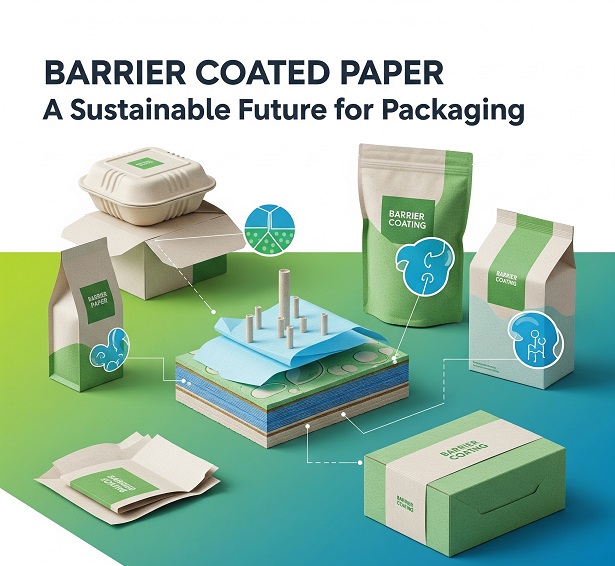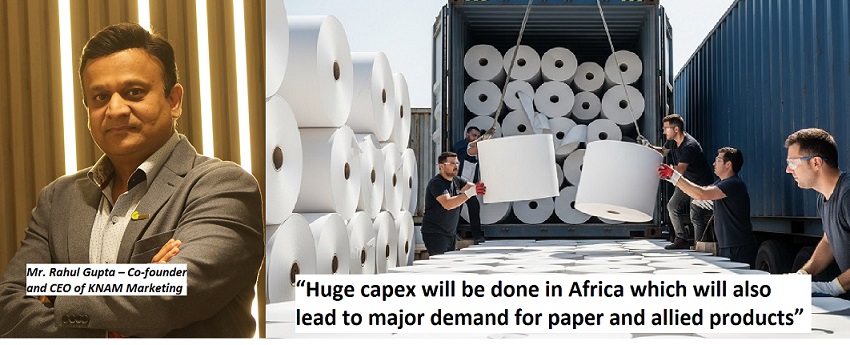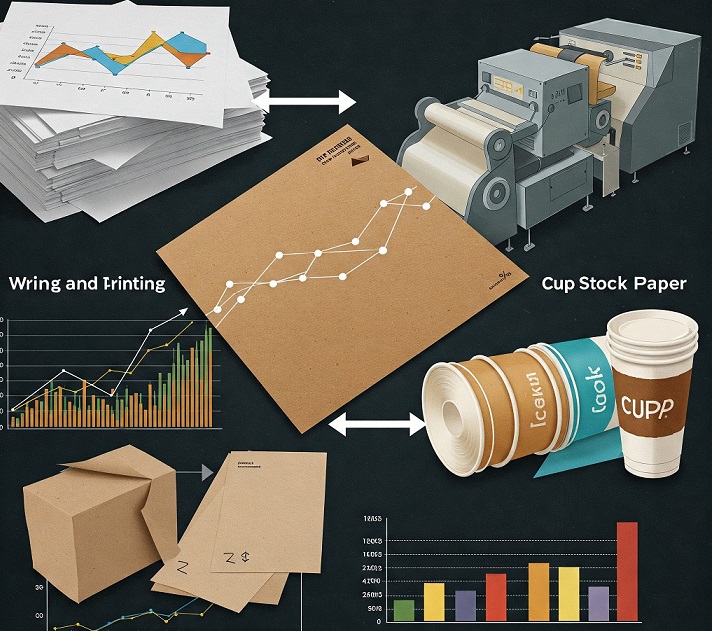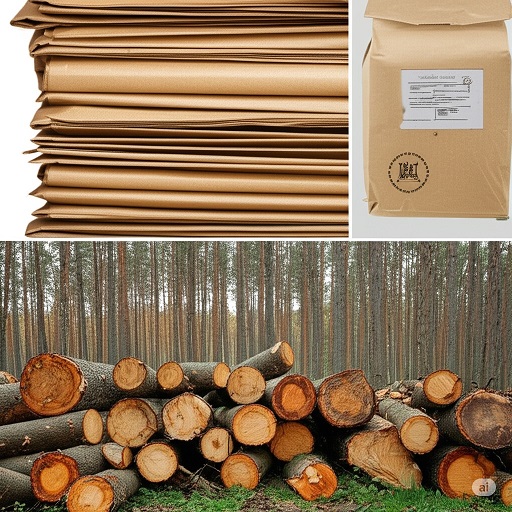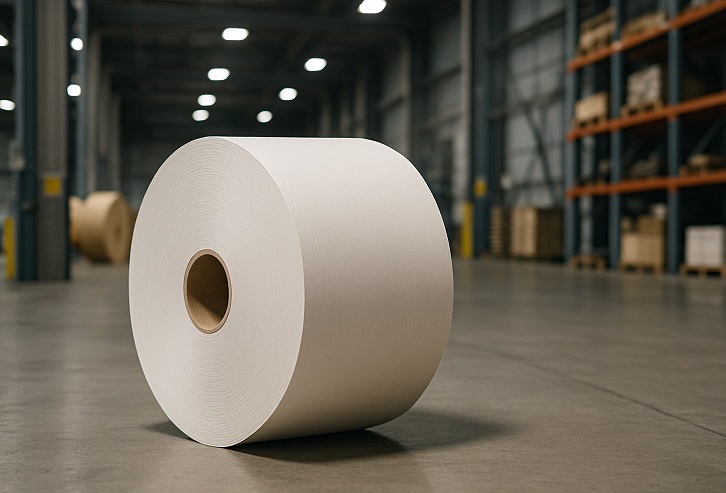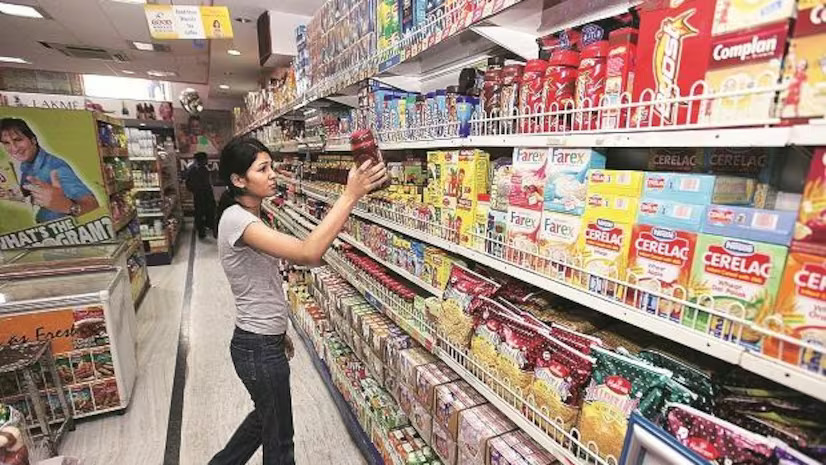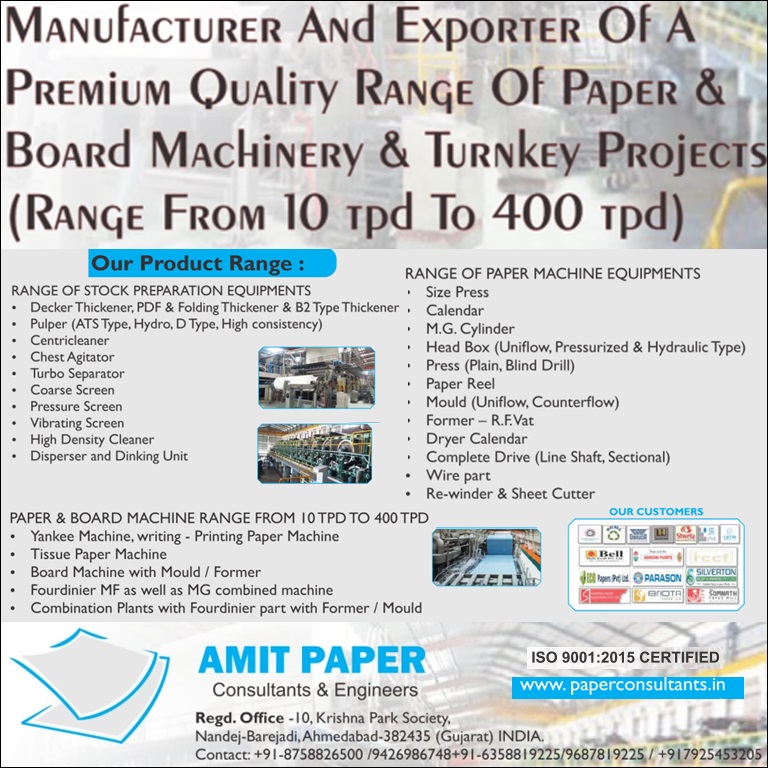Global and Indian packaging market overview
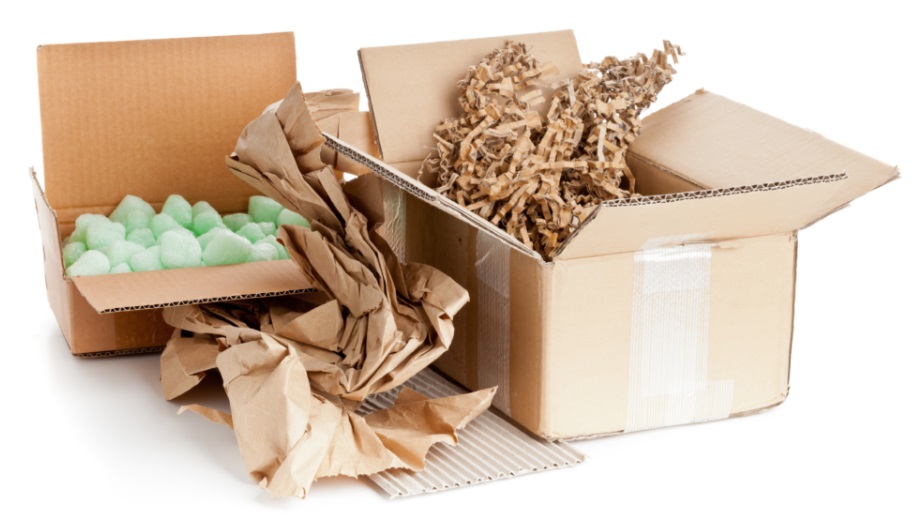
Global and Indian packaging market overview
Global compostable packaging market and Indian paper and packaging market overview
-Europe is at the forefront of the compostable packaging industry, driven by increasing consumer awareness of the environmental impact of their purchases.
The Pulp and Paper Times
The global packaging market size is estimated at USD 1.17 Trillion in 2024, and is expected to reach USD 1.42 Trillion by 2028, growing at a CAGR of 3.9% during the time spanning 2023 to 2028.
On a regional basis, Asia emerged as the largest packaging market, recording sales of USD 470 Billion in 2023. North America followed with sales amounting to USD 270 Billion, and Western Europe registered a market size of USD 234 Billion.
Over the last ten years, steady growth in the global packaging market has been fuelled by shifts in substrate preferences, expansion into new markets and changes in ownership structures. Within the food sector, flexible packaging, highbarrier films and stand-up retort pouches are becoming more popular, challenging conventional packaging options such as metal tins and glass jars. Besides, with the transformation of the Internet of Things (IoT), RFID tags, QR codes and sensors, smart packaging solutions are becoming pivotal in the packaging industry.
Increasing retail sales are prompting manufacturers to develop innovative packaging to captivate consumers. Eye-catching and creatively designed packaging helps products stand out on retail shelves and attract consumer interest, thereby driving the adoption of advanced packaging solutions.
However, the growing use of non-recyclable, nonbiodegradable plastic packaging is contributing to higher carbon emissions, which could hinder growth. In response, major corporations like Amazon, Google, and Tetrapak are shifting towards net-zero carbon emissions goals, shaping their future investment strategies in capital.
Indian paper and packaging market overview:
The Indian paper and packaging market is projected to expand from USD 15.96 Billion in 2024 to USD 38.87 Billion by 2029, at a CAGR of 19.48%. The imports of paper and paperboards into India surged by 34%, registering ~19.3 Lakh Tonnes in FY23- 24, primarily on account of increased shipments from ASEAN countries. This influx has undermined the ‘Make in India’ initiative and adversely affected employment for around 500,000 farmers involved with the domestic paper industry through agro and farm forestry initiatives.
India possesses ample capacity to produce nearly all paper grades domestically, yet large imports are threatening the economic sustainability of many mills. Out of more than 900 paper mills, only 553 remain operational. The imports, largely from ASEAN under the ASEAN-India Free Trade Agreement, benefit from zero import duties. Additional import tariff concessions to China under the Asia Pacific Trade Agreement (APTA) and to ASEAN and Korean Free Trade Agreements (FTAs) have further intensified the competition. Subsidies provided by some of these countries to their paper mills offer them a cost advantage, further challenging the viability of Indian paper mills.
In FY22-23, India exported paper and paperboard products valued at around USD 3.04 Billion, while exports of pulp and waste paper reached a minimal USD 3.59 Million. Per capita paper consumption in India stood at an approximate 15 kg in the same year. The Indian paper industry, contributing to 5% of global production, shows significant potential for growth. The flexible packaging market in India is projected to expand by USD 15.57 Billion from 2023 to 2028, with a compound annual growth rate (CAGR) of 12.69%. There is a rising demand for paper, particularly in the packaging of FMCG products and ready to-eat foods.
Packaging-grade paper constitutes 55% of the primary types of paper produced domestically within the paper and paperboard industry. Expected growth for packaging paper volume was 6-8% in FY23-24, driven by the pharmaceutical and FMCG sectors. Meanwhile, writing and printing paper volumes increased by only 3-5%, affected by the shift towards digitalisation.
The expansion in the sector is fuelled by a significant increase in e-commerce, food processing, pharmaceuticals, FMCG, manufacturing and healthcare. Moreover, various government initiatives such as ‘Make in India’ have positively influenced the packaging industry. Currently, the paper and packaging industry ranks as the fifth largest sector in the Indian economy.
Global compostable packaging market overview
Compostable packaging provides an eco-friendly solution by offering sustainable materials that are easily broken down in home or industrial compost settings.
This alternative to single-use plastics helps to minimise landfill waste. The key driver for the growth of the global compostable packaging market is the increasing awareness of biodegradable and compostable packaging options. The demand for visually appealing products also presents opportunities for market expansion. Furthermore, innovative developments by manufacturers are helping to propel the growth of the compostable packaging market. The market is projected to grow from USD 103.39 Billion in 2024 to approximately USD 197.85 Billion by 2032, with a CAGR of 8.4% from 2023 to 2032.
On a regional basis, Europe is at the forefront of the compostable packaging industry, driven by increasing consumer awareness of the environmental impact of their purchases. Research indicates that over half of European consumers are prepared to spend more on sustainable products. Consequently, global companies are compelled to develop and adopt ecofriendly packaging solutions that help reduce waste disposal. In the United States, only 15% of the composting facilities process certain types of biodegradable packaging. About 55% of these facilities exclusively handle green waste, like yard debris and agricultural residues, while around 45% also accept food waste along with other biodegradable materials. Nearly 29% of the facilities are equipped to process food waste, and an additional 15% can handle both packaging materials and food waste.
As developing economies undergo rapid industrialisation and urbanisation, there is a rising consumer awareness and demand for sustainable packaging solutions. These markets often see an expanding middle-class population with increased environmental awareness, fuelling the adoption of compostable packaging materials.
Governments are placing greater emphasis on environmentally sustainable practices, leading to regulations and policies that encourage or require the use of compostable packaging materials. These efforts aim to reduce the environmental impact of traditional packaging and tackle issues associated with plastic waste. With governmental support, a favourable environment is being created for businesses to adopt compostable packaging solutions, encouraging a global shift toward ecofriendly alternatives. As governments actively advocate for sustainability, the compostable packaging market is experiencing significant growth, supported by a collective push toward a more environmentally responsible packaging ecosystem.
The above report has been extracted from Pakka Limited annual report for FY 23-24
Web Title: Global and Indian packaging market overview





 Join WhatsApp Group
Join WhatsApp Group Join Telegram Channel
Join Telegram Channel Join YouTube Channel
Join YouTube Channel Join Job Channel (View | Submit Jobs)
Join Job Channel (View | Submit Jobs) Join Buy Sell Channel (Free to Submit)
Join Buy Sell Channel (Free to Submit) Paper News Headlines Channel (Free to read)
Paper News Headlines Channel (Free to read)





